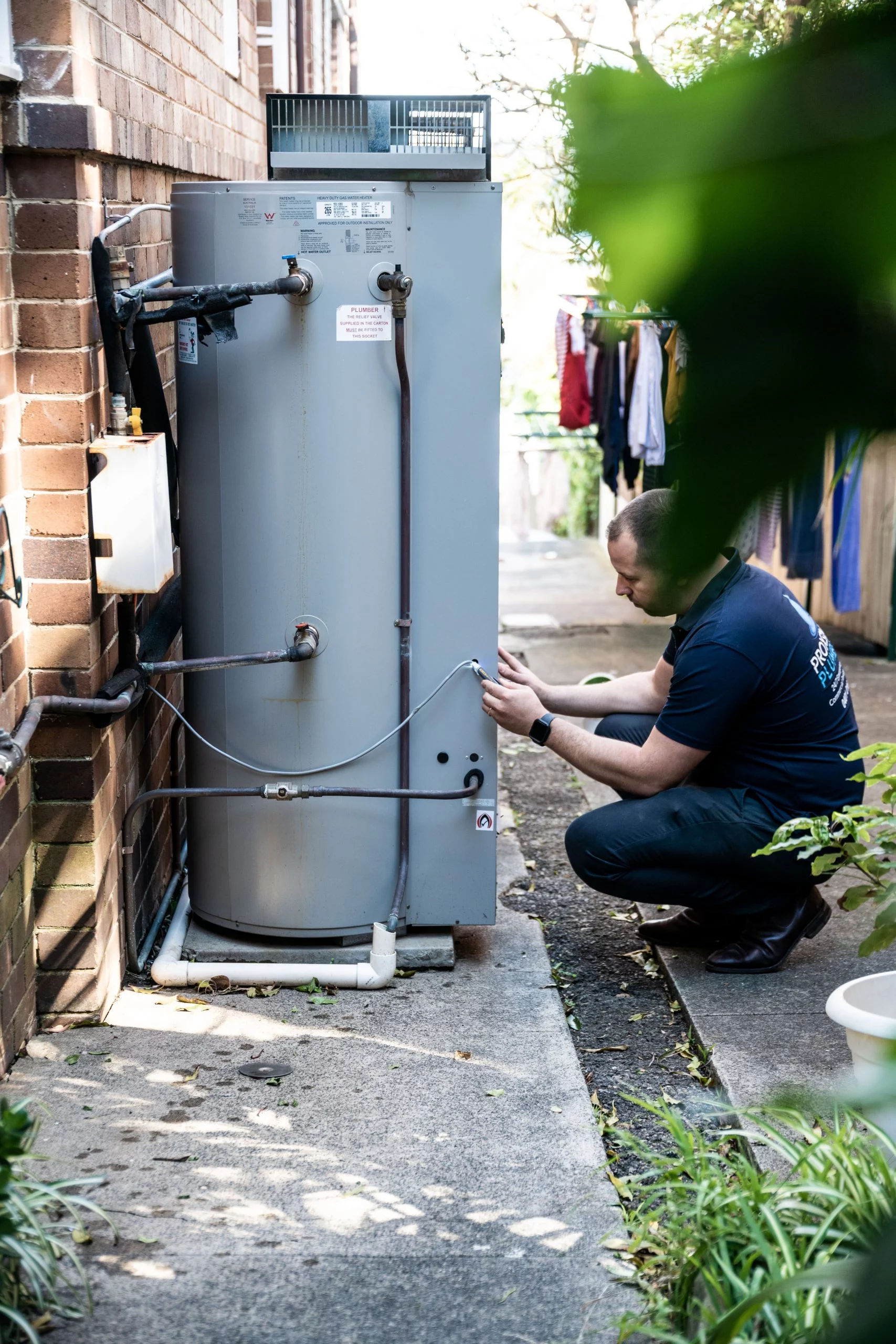Essential Maintenance Strategies for Your Home's Hot Water System
Essential Maintenance Strategies for Your Home's Hot Water System
Blog Article
The author is making a number of good annotation on the subject of What Kind of Maintenance Do Water Heaters Need? in general in the article underneath.

Warm water is vital for everyday comfort, whether it's for a revitalizing shower or cleaning meals. To ensure your hot water system runs successfully and lasts much longer, regular upkeep is crucial. This short article supplies functional tips and understandings on just how to maintain your home's warm water system to stay clear of disruptions and pricey fixings.
Intro
Keeping your home's warm water system could seem daunting, yet with a few simple steps, you can ensure it operates efficiently for years ahead. This guide covers everything from understanding your warm water system to DIY upkeep ideas and recognizing when to contact professional assistance.
Importance of Keeping Your Hot Water System
Routine upkeep not only expands the life expectancy of your warm water system but likewise ensures it runs effectively. Disregarding maintenance can bring about decreased efficiency, higher energy costs, and even early failing of the system.
Signs Your Hot Water System Needs Upkeep
Knowing when your warm water system requires attention can stop major concerns. Look out for indications such as irregular water temperature, unusual sounds from the heater, or rusty water.
Comprehending Your Warm Water System
Before diving into upkeep jobs, it's useful to recognize the basic components of your hot water system. Commonly, this includes the water heater itself, pipes, anode poles, and temperature controls.
Monthly Maintenance Tasks
Routine month-to-month checks can aid catch minor problems before they escalate.
Flushing the Water Heater
Flushing your hot water heater gets rid of debris buildup, enhancing effectiveness and lengthening its life.
Monitoring and Changing Anode Rods
Anode poles protect against corrosion inside the storage tank. Evaluating and changing them when broken is crucial.
Inspecting and Adjusting Temperature Settings
Readjusting the temperature level settings makes sure ideal performance and safety.
DIY Tips for Maintenance
You can carry out a number of upkeep tasks on your own to maintain your hot water system in top condition.
Checking for Leaks
Frequently evaluate pipelines and links for leakages, as these can cause water damage and higher bills.
Checking Pressure Relief Valves
Testing the stress safety valve guarantees it works properly and stops extreme pressure buildup.
Insulating Pipelines
Shielding warm water pipes lowers warmth loss and can save energy.
When to Call a Professional
While do it yourself maintenance is useful, some issues require specialist expertise.
Facility Problems Requiring Specialist Assistance
Instances include major leakages, electrical troubles, or if your hot water heater is regularly underperforming.
Routine Expert Maintenance Conveniences
Expert maintenance can consist of extensive evaluations, tune-ups, and ensuring conformity with safety criteria.
Final thought
Regular upkeep of your home's hot water system is crucial for efficiency, long life, and cost financial savings. By following these pointers and knowing when to look for specialist help, you can guarantee a reputable supply of warm water without unforeseen disruptions.
How to Maintain an Instant Hot Water Heater
Before tinkering with your hot water heater, make sure that it’s not powered on. You also have to turn off the main circuit breaker and shut off the main gas line to prevent accidents. Also turn off the water valves connected to your unit to prevent water from flowing into and out of the appliance. 2. When you’re done, you have to detach the purge valves’ caps. These look like the letter “T†and are situated on either side of the water valves. Doing so will release any pressure that has accumulated inside the valves while at the same time avoid hot water from shooting out and burning your skin. 3. When the purge valves’ caps are removed, you have to connect your hosing lines to the valves. Your unit should have come with three hoses but if it didn’t, you can purchase these things from any hardware or home repair shops. You can also get them from retail stores that sell water heating systems. Read the user’s manual and follow it to complete this task properly. When the hosing lines are connected, open the purge port’s valves. 4. You should never use harsh chemical cleaners or solutions when cleaning your unit. Make use of white vinegar instead. It should be undiluted and you’ll probably use about 2 gallons. 5. Now flush your water heater. This task should probably take about 40 minutes. We can’t give you specific directions for this because the procedure is carried out depending on the type, model and brand of your heater. With that being said, refer to the user’s manual. 6. When you’re done draining the unit, you have to turn off the purge port valves again. Remove the hosing lines that you earlier installed on each of the water valves. Put the valve caps (purge port) back in their respective places and be very careful so as not to damage the rubber discs that are found inside these caps. 7. Now that everything’s back in place, check your user’s manual again to find out how to reactivate your water heating system. 8. Once it is working, turn one of your hot water faucets on just to let air pass through the heater’s water supply pipes. Leave the tap on until water flows smoothly out of it. https://www.orrplumbing.com/blog/2014/september/how-to-maintain-an-instant-hot-water-heater/

As an enthusiastic reader about Tips on Maintaining a Water Heater, I imagined sharing that excerpt was worth the trouble. If you appreciated our page if you please be sure to share it. I am grateful for being here. Please come visit our site back soon.
Book A Free Estimate Report this page